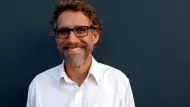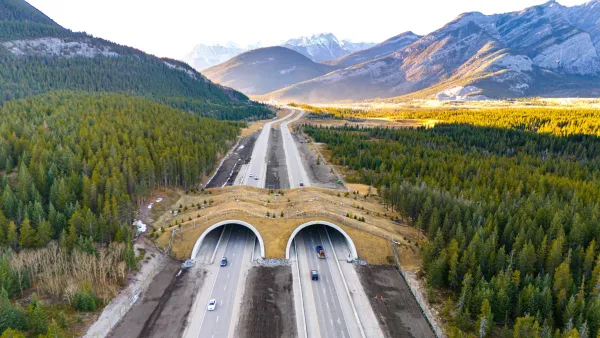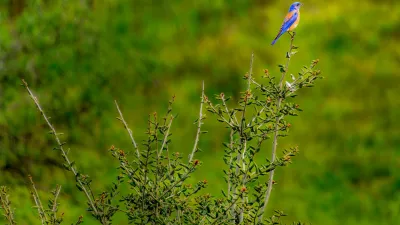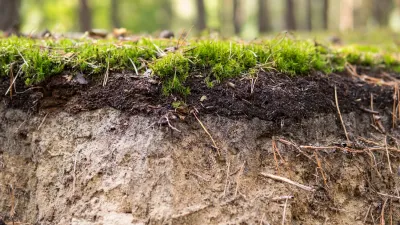The term Green Urbanism keeps showing up unexpectedly in newspaper articles, conference session titles, blog posts, and casual conversation. While there is an innate, intuitive sense of the meaning, green urbanism may also seem as elusive as it is evocative. Having given this topic a fair amount of thought over the past several years, I, and my colleague and collaborator Ted Bardacke, arrived at the following working definition: green urbanism: the practice of creating communities mutually beneficial to humans and the environment
The term Green Urbanism keeps showing up unexpectedly in newspaper
articles,
conference session titles, blog posts, and casual conversation. While
there is an innate, intuitive sense of the meaning, green urbanism may
also
seem as elusive as it is evocative. Having given this topic a fair
amount
of thought over the past several years, I, and my colleague and
collaborator Ted
Bardacke, arrived at the following working definition:
green urbanism: the
practice of creating communities mutually beneficial to humans and the
environment
This practice builds on the seminal efforts of Olmsted, Ian Mcharg, Jane
Jacobs, Anne Spirn, Michael Sorkin, and many others, often taking many
shapes
and directions. But the questions are strikingly similar.
How do you design a neighborhood or a city like an ecosystem? What is
the right benchmark for sustainability? How do you integrate the many
components of urbanism to generate the synergies essential to creating a
sustainable place?
Our ability to answer these questions and to rise to the subtle but deep
challenge posed by bringing together the words "green" and
"urban" is a function of how we see our place in the world. By
understanding that people are part and parcel of nature, and have never
been
external to the ecological flows of the natural world, we can become
reconnected to nature, shift how we perceive our relationship to the
environment, and reevaluate what we want – and what we need – from that
most
wondrous of human inventions, the city.

Montreal Mall to Become 6,000 Housing Units
Place Versailles will be transformed into a mixed-use complex over the next 25 years.

Planetizen Federal Action Tracker
A weekly monitor of how Trump’s orders and actions are impacting planners and planning in America.

DARTSpace Platform Streamlines Dallas TOD Application Process
The Dallas transit agency hopes a shorter permitting timeline will boost transit-oriented development around rail stations.

Interactive Map Reveals America's “Shade Deserts”
Launched by UCLA and American Forests to combat heat-related deaths, the tool maps the shade infrastructure for over 360 U.S. cities.

Bicycles and Books — In Sacramento, Libraries Now Offer Both
Adult library card holders can check out e-bikes and e-trikes for up to one week.

Colorado Landfills Emit as Much Pollution as 1M Cars
Landfills are the third-largest source of methane pollution in Colorado, after agriculture and fossil fuel extraction.
Urban Design for Planners 1: Software Tools
This six-course series explores essential urban design concepts using open source software and equips planners with the tools they need to participate fully in the urban design process.
Planning for Universal Design
Learn the tools for implementing Universal Design in planning regulations.
City of Mt Shasta
City of Camden Redevelopment Agency
City of Astoria
Transportation Research & Education Center (TREC) at Portland State University
US High Speed Rail Association
City of Camden Redevelopment Agency
Municipality of Princeton (NJ)






























